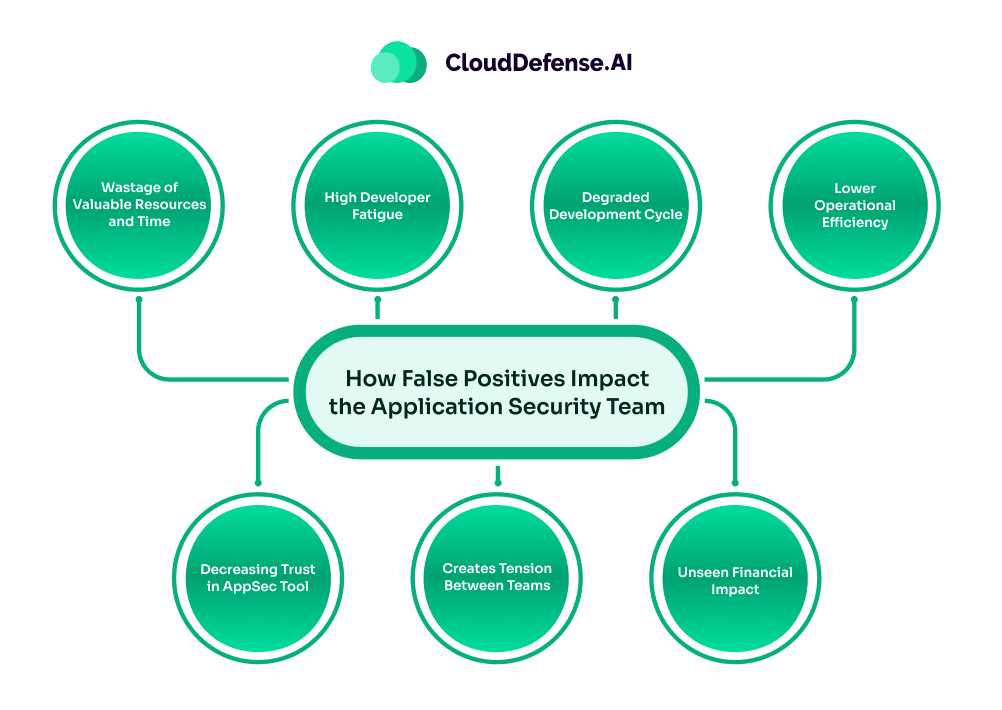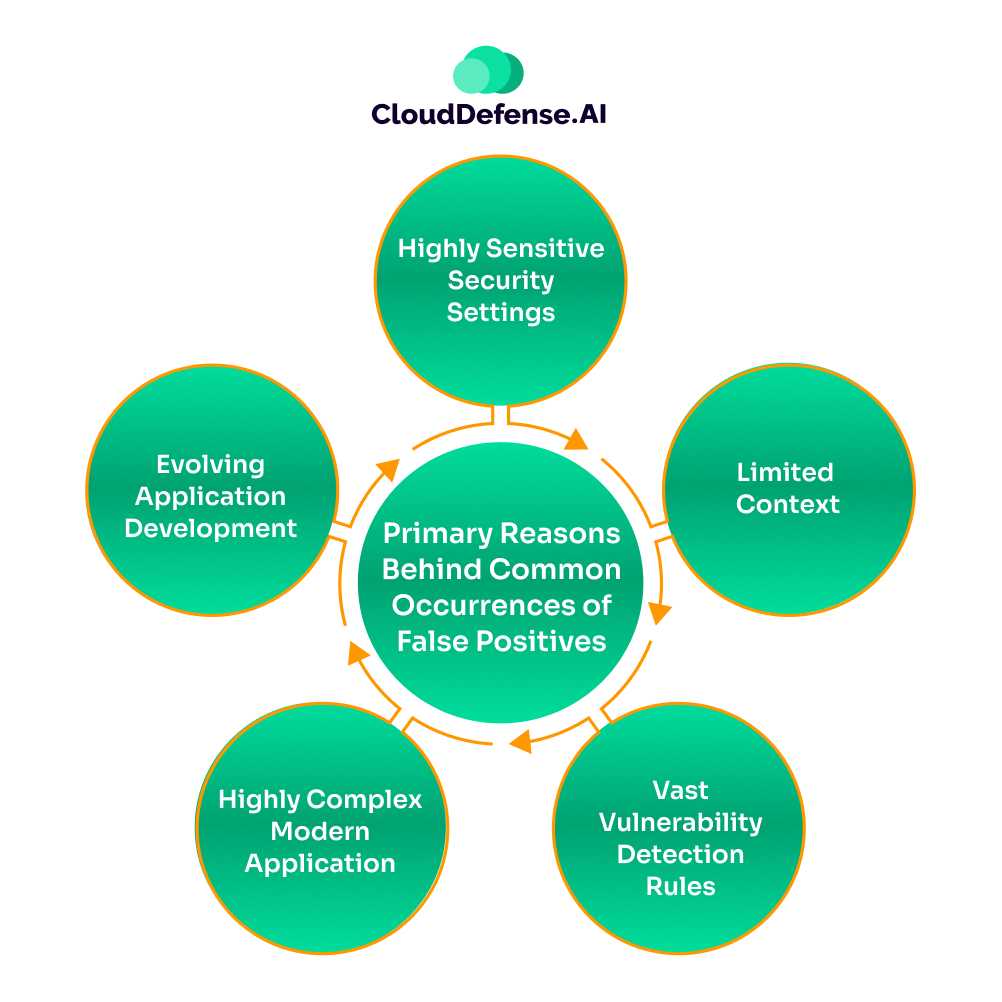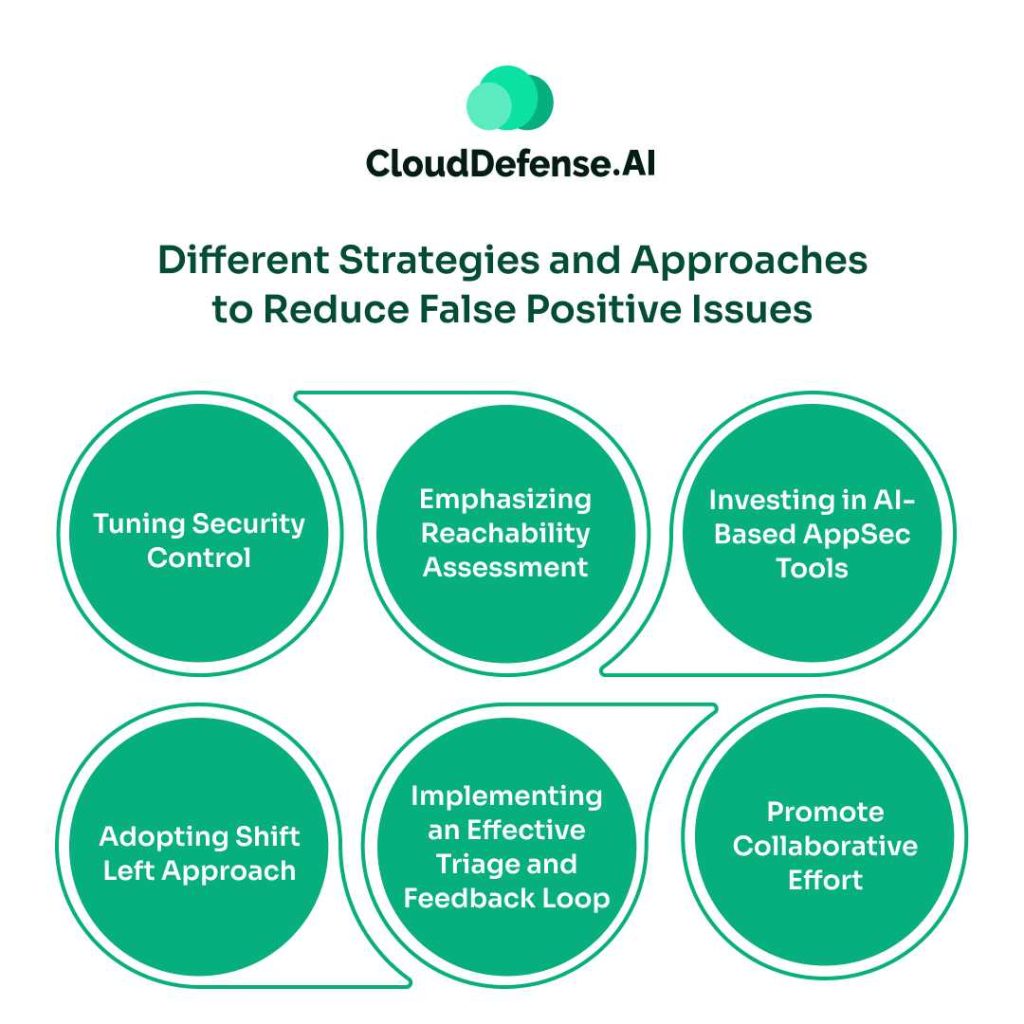Organizations are always in an endless pursuit of delivering secure applications in an evolving cybersecurity world. Application security tools play a vital role in securely deploying applications through consistent security scanning code, detecting vulnerabilities, and providing alerts. However, identifying and providing alerts about security threats is half part of the battle.
A lot of efficiency and benefits of AppSec tools are hampered by incorrectly identified alerts: false positives. It is a bane to modern application security that not only wastes developers’ time but also reduces productivity. For modern businesses enhancing the accuracy of threat detection has become a key part of the strategy to bolster security posture. Take a look at what are the hidden costs of positive application security and how organizations can overcome the issue.
What are False Positives?
False positives in application security are false alerts that are triggered by application security tools when they wrongly flag a legitimate code. It occurs as a harmless alert but the AppSec team has to invest a lot of time and effort to validate its harmlessness.
It is a common issue mostly with traditional AppSec tools like SAST that work on rigid rules, preset pattern recognition, and limited context of evolving codebase. These tools often flag code or code segments by misinterpreting slight variations in pattern as malicious activity. However, in reality, this code segment has no practical security threat.
While the intent to identify the maximum number of vulnerabilities is beneficial, the impact of inaccurate identification is high. It not only impacts productivity and AppSec efficiency but also wastes valuable resources and time of developers. On many occasions it diverts the attention of teams from real vulnerability, leading to damage to the application’s security posture.
How False Positives Impact the Application Security Team (The Hidden Cost)

False positives might seem like just another alert but the hidden cost of its impact is significant on the application security team. A huge amount of false positives can hamper the security operation of an organization in different ways:
- Wastage of Valuable Resources and Time: In today’s business environment where security threats are always around the corner, analyzing every security alert has become a necessity. For every threat alert, teams need to investigate it, analyze its reach, understand its validity, and finalize possible action. However if a security threat alert after hours of analysis comes out as a false positive, it leads to a waste of valuable resources and time of the DevSec team. Most importantly, teams could have invested that time in remediating actual vulnerabilities or any other crucial task.
- High Developer Fatigue: Developers nowadays spend a significant amount of time and resources on addressing security alerts. Plus, they are always under pressure to deliver secure applications on a specific deadline. Addressing the overwhelming number of false positives from each code scan not only leads to frustration but also creates fatigue. The continuous cycle of triaging inaccurately causes severe operation bottlenecks. Developers often tend to overlook security alerts out of frustration.
- Degraded Development Cycle: When developers face an overwhelming number of false positives, they have to switch from the development and address all the issues. The development team had to invest a significant amount of time in analyzing and deciding the course of action on the security alerts. So when the security alert comes out as a false positive, it affects the development cycles and delays the application deployment.
- Lower Operational Efficiency: A significant amount of false positives creates too much noise in the development environment. As a result, it becomes difficult for developers to quickly identify and prioritize severe vulnerabilities. This leads to slow response and ultimately lower operation efficiency. Since the false positives keep on arriving, it also hampers the overall security posture and effectiveness of security strategy.
- Decreasing Trust in AppSec Tool: With time, the DevOps and AppSec teams start losing their faith in the alerts of AppSec tools as they keep on providing inaccurate results. Due to decreasing trust, the security analysis process gets hampered and many vulnerabilities are left unattended. Overall, it leads to the deployment of a vulnerable and exposed application.
- Creates Tension Between Teams: The more false positives an AppSec tool generates, it fuels tension between the DevOps and AppSec teams. While security teams push the developers to address flagged issues, the development team will have to pause their development work and work on low-priority alerts. This creates tension between the teams and degrades the collaborative effort towards upcoming security threats.
- Unseen Financial Impact: The cost of false positives has also a serious impact on operational finance. Developer fatigue and slower development directly reflect on the return on investment and overall revenue of the organization. To cope with increasing false positives, organizations often have to invest in additional resources to triage alerts, leading to high operational costs.
Primary Reasons Behind Common Occurrences of False Positives

False positives in application security have always been a common issue and it is still persistent in modern security tools. The prime reasons behind its frequent occurrence are:
- Highly Sensitive Security Settings: One of the primary reasons behind the common occurrence of false positives is highly sensitive security controls. Organizations often configure the security tools to be overly sensitive to ensure they detect all potential vulnerabilities. However, this causes the tool to often flag code patterns that are not malicious.
- Limited Context: Many AppSec tools, especially SAST often lack context when assessing the codebase of a specific application. In a codebase, there are many context-dependent segments that need to be accounted for to avoid false positives. Since these tools assess the codebase without understanding the application environment, business logic, and intent behind a code segment, they flag code segments with the slightest variation.
- Vast Vulnerability Detection Rules: There are many AppSec tools that are based on a vast set of rules to identify vulnerabilities. Even though the approach to catch every potential vulnerability is beneficial, it can also lead to a large number of falsely flagged elements. A SAST tool based on a vast rule can flag a code segment that has a pattern that is not recognized by the tool.
- Highly Complex Modern Application: Another major reason behind the huge occurrence of false positives is due to the complexity of today’s application architecture. Most applications nowadays comprise API, external dependencies, microservices, and many other components. The complex nature prevents the AppSec tool from analyzing the reachability and impact of the vulnerability.
- Evolving Application Development: Modern applications are evolving in different ways. It is getting new dependencies at every interval, upgradation in configuration, and code modification. Traditional tools like SAST can’t cope with evolving changes leading to inaccurate alerts.
Different Strategies and Approaches Organizations Can Utilize to Reduce False Positive Issues

Overcoming false positive issues requires the utilization of several strategies and proactive approaches. Here are some useful strategies that will reduce the number of inaccurate alerts:
- Tuning Security Control: Application security tools with factory settings won’t understand an organization’s specific application architecture and business intent behind various code segments. Teams need to customize the detection rules of AppSec tools, especially SAST to align with the organization’s architecture, business intent, and coding practice. It will improve the accuracy of the tool, AppSec efficiency and minimize false alerts.
- Emphasizing Reachability Assessment: AppSec tools catch vulnerabilities based on rule and signature-based detection processes. However, not all vulnerabilities it catches are exploitable. Tools must emphasize performing a reachability assessment of all the flagged codes before providing the alert. It will be highly useful in curbing inaccurate results for developers.
- Investing in AI-Based AppSec Tools: It has become a necessity for organizations to invest in AI-Based AppSec tools. Smart tools utilize AI and machine learning to understand the context and enhance the detection accuracy. Advanced AI SAST tools like QINA Clarity bring contextual analysis and consider factors like exploitability, business intent, and reachability. These AI-powered tools are always learning from new patterns, external libraries, and customized policies. As a result, it can differentiate between normal patterns and potential cybersecurity threats. Importantly QINA Clarity makes use of a 4-stage analysis pipeline that helps it filter out false positives through LLM analysis.
- Adopting Shift Left Approach: Adopting a shift approach by integrating security testing tools in SDLC can reduce false positives by a good margin. It enables DevOps and AppSec teams to catch vulnerabilities in the beginning and mitigate them before reaching the deployment stage. AI SAST, DAST, and secret scanning are some popular tools that are utilized for early scanning of the codebase.
- Implementing an Effective Triage and Feedback Loop: The organization should make an effort to implement an effective triage and feedback to utilize knowledge of false positives. A process can be developed where developers should mark all the false positives along with contextual information. This necessary information should be circulated and used for customizing the security scanning tools. It will not only help the AppSec tools to scan smartly but also deliver better detection accuracy.
- Promote Collaborative Effort: To minimize the issue of false positives, organizations should promote a collaborative work culture between development, operation, and security teams. A shared platform should be implemented so that everyone can work collaboratively on different security findings. All the team needs to work towards the same goal and have shared responsibility for delivering secure applications.
The combination of these proactive approaches and strategies can help organizations significantly reduce false positives and improve overall efficiency.
Conclusion: Enhancing Code Security with QINA Clarity
False positives have been predominant issues, especially with static application security tools. It is more than a mere false alarm, the hidden cost of false positives is far more severe. False positives from application code scans lead to wastage of valuable and increased friction between teams.
With QINA Clarity, your organization can utilize the next-gen AI SAST tool for contextual code scanning. QINA Clarity empowers developers to intelligently scan codebase and focus on actual security threats. The main highlight of this AI SAST tool is its 4-stage analysis pipeline. It takes all the security findings from code scans and puts them through the analysis pipeline to highlight which alerts are false positives and need to be fixed.
This tool is continuously learning and adaptable with application architecture, enabling a highly accurate detection process. Learn how you can reduce MTTR in security and the cost of false positives by booking a demo today.







